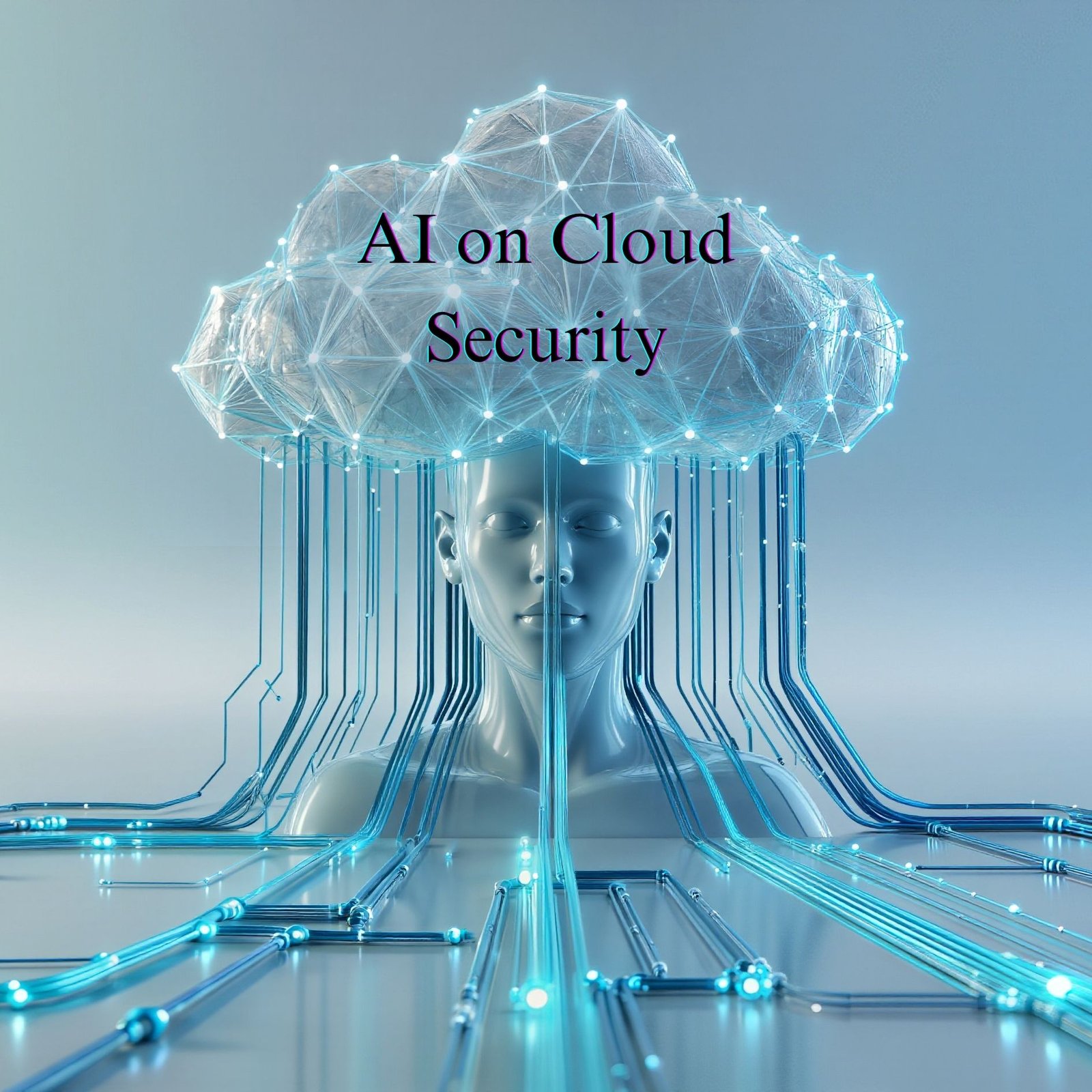Table of Contents
Introduction: The AI Revolution in Cloud Security
As businesses increasingly move their operations to the cloud, cyber threats have grown more sophisticated than ever before. Traditional security measures are no longer enough to safeguard sensitive data, especially in multi-cloud and hybrid environments.
Enter Artificial Intelligence (AI) the game-changer in modern cybersecurity. By integrating AI and machine learning (ML) with cloud platforms, organizations can detect, respond, and prevent security threats faster and more accurately than any human team could.
This article explores the impact of artificial intelligence on cloud security, its benefits, challenges, and how businesses can leverage AI to secure their digital ecosystems.
1. Understanding the Role of AI in Cloud Security
AI in cloud security refers to using intelligent algorithms and machine learning models to monitor, analyze, and protect cloud environments from evolving cyber risks.
Unlike traditional security systems that rely on predefined rules, AI-driven systems continuously learn from data, adapt to new attack patterns, and improve over time.
In simple terms, AI doesn’t just detect threats it understands them, predicting and neutralizing potential attacks before they occur.
2. Why Cloud Security Needs Artificial Intelligence
The cloud has transformed how businesses store, access, and share data but it also introduces new vulnerabilities.
- The dynamic nature of cloud infrastructure (scaling up or down, adding users, multiple endpoints) makes manual security monitoring impossible.
- Advanced threats, such as ransomware, phishing, and insider attacks, are more complex and faster than before.
- Data volumes in the cloud are massive too large for human analysts to monitor effectively.
That’s where AI comes in providing automation, scalability, and precision to cloud security operations.
3. Key Benefits of AI in Cloud Security
a) Enhanced Threat Detection
AI and ML algorithms can detect unusual activity or behavior patterns in real-time.
For example, if an employee logs in from an unusual location or uploads massive amounts of data suddenly, AI can flag or block the activity instantly.
b) Predictive Analytics for Cyber Defense
AI uses predictive modeling to identify potential vulnerabilities before attackers exploit them. This proactive approach helps prevent data breaches rather than just reacting to them.
c) Automated Incident Response
AI-powered systems can automatically isolate infected devices, revoke compromised credentials, and alert security teams all within seconds.
This drastically reduces the response time and minimizes damage.
d) Improved Compliance and Data Protection
AI-driven monitoring tools help organizations stay compliant with data protection laws such as GDPR and HIPAA by continuously auditing data access and usage patterns.
e) Reduced Human Error
Human oversight remains one of the biggest security risks. AI automates repetitive security tasks, reducing the chance of mistakes caused by fatigue or oversight.
4. AI Applications in Cloud Security
AI is now embedded in various layers of cloud infrastructure security, including:
- Identity and Access Management (IAM):
AI continuously monitors user activity, detecting unauthorized access or identity fraud.
Example: Microsoft’s Defender for Cloud uses AI to assess user behavior and flag anomalies. - Network Security:
AI systems analyze network traffic to detect malicious patterns, such as DDoS attacks or lateral movement within a cloud environment. - Data Encryption and Privacy:
Machine learning models help identify sensitive data and ensure it’s encrypted automatically, even across hybrid environments. - Cloud Threat Intelligence:
AI gathers and correlates threat data from millions of endpoints worldwide, helping businesses stay ahead of emerging risks.
5. The Role of AI-Powered Security Platforms
Leading cloud providers like Microsoft Azure, Amazon Web Services (AWS), and Google Cloud are heavily investing in AI-based security features.
- Microsoft Defender for Cloud uses AI for continuous threat monitoring and automated response.
- AWS GuardDuty applies ML algorithms to detect anomalies in network and account activity.
- Google Chronicle leverages AI to analyze petabytes of telemetry data in seconds.
These tools enable organizations to adopt a Zero Trust Security Model, where no user or device is trusted by default, and every action is verified by AI-based monitoring.
6. How AI Supports the Zero Trust Model
The Zero Trust Model is built on the principle of “never trust, always verify.” AI enhances this framework by:
- Continuously validating user identities.
- Monitoring device health and behavior.
- Automating access control based on real-time risk assessment.
This approach significantly reduces the chances of internal breaches and lateral attacks especially critical in hybrid cloud setups.
7. Challenges and Limitations of AI in Cloud Security
While AI offers immense potential, it’s not without challenges:
- False Positives: Overly sensitive AI models may flag legitimate actions as threats.
- Data Dependency: AI is only as good as the data it’s trained on biased or incomplete data can weaken its effectiveness.
- Cost and Expertise: Implementing advanced AI security tools requires investment and skilled personnel.
- Adversarial AI Threats: Hackers are now using AI to create more sophisticated attacks, leading to an ongoing cyber arms race.
To mitigate these risks, businesses must maintain a balanced approach, combining AI-driven automation with human oversight.
8. The Future of AI in Cloud Security
As AI technology matures, its integration into cloud ecosystems will become deeper and more intelligent. Future trends include:
- Self-healing cloud systems that can automatically recover from attacks.
- AI-driven encryption that adapts in real time to data sensitivity.
- Behavioral biometrics powered by AI to enhance identity verification.
- Explainable AI (XAI) to make AI security decisions transparent and auditable.
Conclusion
The impact of artificial intelligence on cloud security is undeniable.
AI empowers organizations to move from reactive defense to proactive prevention securing cloud environments with unmatched speed and accuracy.
As cyber threats evolve, the collaboration between AI, machine learning, and cloud computing will remain the foundation of a safer digital future.
Businesses that embrace AI-driven security today are not only protecting their data but also building resilience for tomorrow’s challenges.









